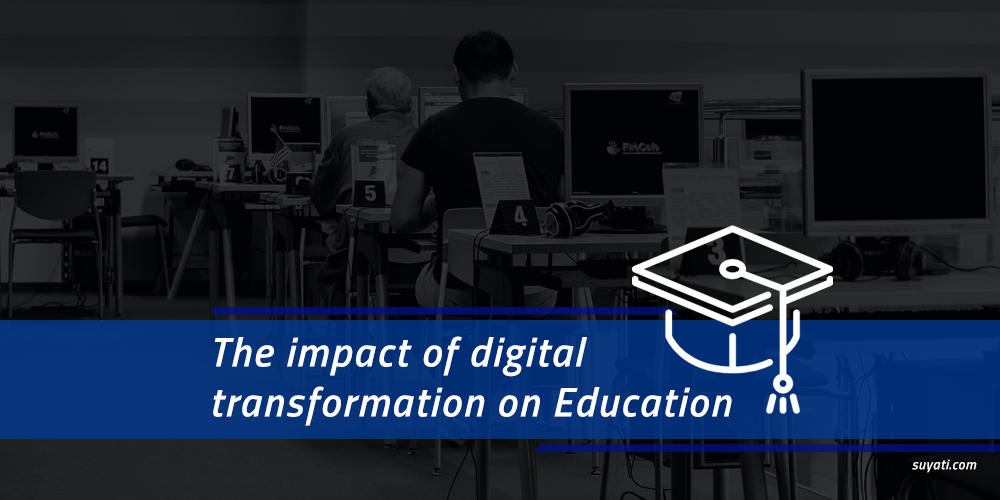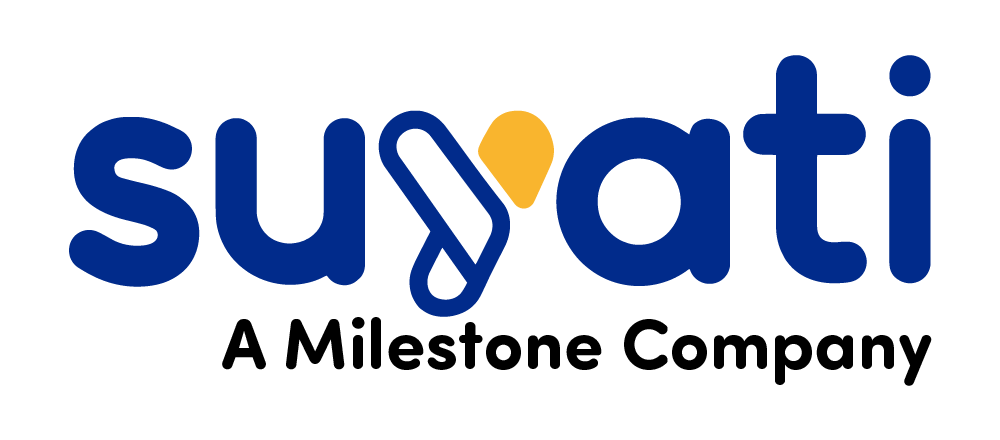
Be it retail, health, travel or education, there is no sphere of our lives that is not touched by the digital revolution happening around us. Rapidly evolving technology is transforming the way that knowledge is imparted and absorbed today. The internet and Big Data now play a crucial role in the digital educational ecosystem and online course providers like Coursera and Khan Academy report all-time high engagement rates. In terms of spending, too, that in higher education alone is forecast to reach $38.2 billion in the US, A$1.7 billion in Australia and NZ$268 million in New Zealand by the end of this year, says a report by Gartner. The edu-tech sector is also being funded more readily in recent times, with US$ 1.85 billion invested in the US last year, and China and India seeing an increase to the tune of $1710 million and $71 million respectively. And, good news is that all this is geared towards technology updates that will create a more inclusive and personalized global education system.
Gone are the days when certain courses were available only in a select few institutes and countries or when such programs were designed with rigid one-size-fits-all instructions. According to a report presented at the Global Economic Symposium in 2014, a number of internal and external drivers are triggering this transformation. While skyrocketing tuition costs, limited access and growing student diversity are the main internal drivers, the entry of digital natives into the educational system, the growing popularity of social media and Big Data and constant technological progress are what drives transformation externally.
New technologies in Education
Right from K-12 schooling to higher education programs, every level of our education system is affected by technology. With increased connectivity, speed and cloud-based storage capabilities, schools and colleges have an enhanced communication network that makes way for improved knowledge sharing. Digital portfolios are becoming quite a rage among high school students who use it to demonstrate their knowledge and achievements and is now being widely used a strong tool for their admission procedure to college. Coming to higher education institutions, most of them provide students with digitalized learning materials managed through online learning/knowledge management systems. Some universities are also experimenting with virtual learning spaces and have been providing free courses and learning material online.
The advent of MOOCs
Massive Open Online Courses or MOOCs are courses available online that integrate learning materials of different mediums like videos, texts, infographics and so on into a package. They encourage consuming this information with the online student community via social networks. This has democratized the way of learning and instruction, especially in higher education programs and now you can get trained at your own pace from any location of your choice.
Even corporates are turning to MOOCs as an easier and more flexible way of internal training and hiring. Research says that Google has already enrolled about 80000 of its employees in Udacity’s HTML5 course and that more than 350 companies already co-operate with service providers like Coursera and Udacity to identify students who can be potential hires. Although critics of MOOCs say that further development of this platform will occur only if there is enough venture capital available, such courses are instrumental in transforming education today.
The scope for adaptive Learning
Another important advantage of this digital wave in education is the increased scope of adaptive learning. Giving feedback and requesting information has become so much easier these days, thanks to knowledge sharing systems and social media. Institutions and academicians are now trying to adjust the way they present instructional content based on students’ responses and preferences. With improving technology, students can even become content creators by being able to add their own thoughts to platforms that support and encourage adaptive learning.
Tapping into the capabilities of CRM
Schools and higher education institutions are now using CRM systems to manage relationships with students, parents, alumni, teachers and other interest groups. Data that can be used to produce analytics which will help in making important policy or academic decisions can be collated using such systems and the main processes in a student’s life cycle (starting from enrollment to recruitment) can be supported through CRM technologies.
Big data-fueled curriculums
What if there was a program that suggested what courses you should take depending on the courses you completed previously, your scores in them and your aptitude? Degree Compass rolled out by the Austin Peay State University, Tennessee, is one such system that uses big data to recommend courses to each student based on various conditional factors. The software, thus, chooses courses that you are interested in and can score well in. Such systems will make sure that students are retained, dropout numbers are reduced and a more meaningful approach is taken towards what is being learned.
Detractors of online learning and digital tools point out valid reasons like quality of study resources, privacy and security against such technological advancements. However, institutions that bring together good technological expertise and quality content will definitely be able to reap the benefits of this wave. Only if the educational ecosystem consisting of policy makers, institutions, students, parents and teachers embrace new and developing technology can this digital transformation be used to its full potential to bring about systemic and institutional changes.
Suyati has partnered in the digital transformation initiatives of a leading university by helping them to optimize their CMS and CRM using our expertise in MS Dynamics CRM and Sitefinity CMS. Click here to know how we recreated their website for a better education experience. Meanwhile, if you would like to checkout our services, please write to services@suyati.com.
Related Posts:
- The Role of Predictive Analysis in Education Industry
- Role of Big Data in Education
- Knowledge Management with Microsoft for Cloud
- Optimizing IT Infrastructure in the Publishing Domain

